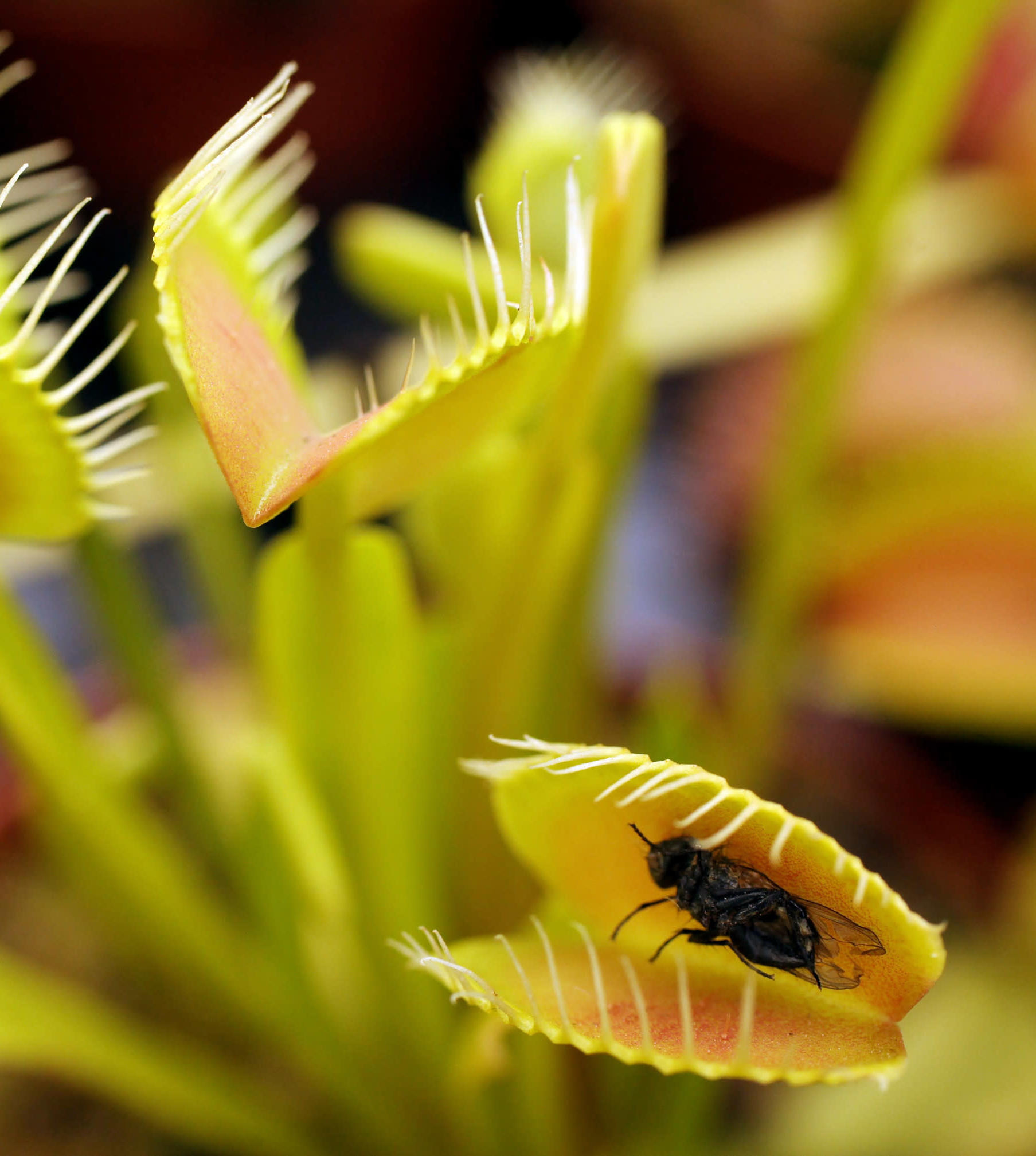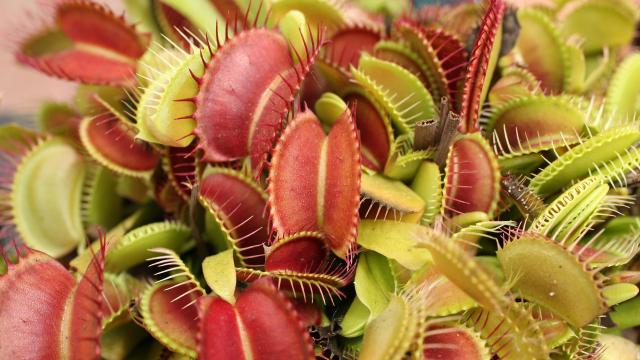A team of researchers recently strapped a dismembered carnivorous plant to a sensitive instrument in Berlin, in a room that shuts out the world’s magnetic noise. It was a Venus flytrap’s “jaw” — really a specialised leaf — and when the team turned up the heat, the jaw summoned the energy to try to close. In that moment, a magnetic field emanated from the trap.
The field was picked up on an atomic magnetometer, an instrument that deduces a change in magnetic fields in the spin of electrons. The team’s research was recently published in the journal Scientific Reports.
“The novelty here is that we show magnetic fields from a multicellular plant system; specifically, action potentials from multicellular plant system,” Anne Fabricant, an atomic physicist at Helmholtz Institute in Mainz, Germany, said in a video call. “And also that we use atomic magnetometers, because the previous two experiments were done with a different kind of magnetic magnetometer.”

Magnetic fields had previously been observed in other plants; algae in one study, bean plants in another. The previous magnetometers, called SQUIDs, are large and run at very cool temperatures, and the team needed something more convenient for their use. Different actions on or by a plant can elicit the fields — from being wounded to trying to snap at food within its reach, as was the case with the flytrap. The magnetic field doesn’t correspond with the act itself but the action potential that precipitates the plant’s next move.
[referenced id=”1227032″ url=”https://gizmodo.com.au/2020/07/is-plant-intelligence-just-a-human-fantasy/” thumb=”https://gizmodo.com.au/wp-content/uploads/2020/07/01/zjv9etefboqzqiq3nken-300×169.png” title=”Is Plant ‘Intelligence’ Just a Human Fantasy?” excerpt=”Although plants make up over 80 per cent of the biomass on Earth, for centuries they have been thought of as inanimate and passive things. Researchers even coined the term “plant blindness“ to refer to a cognitive bias that literally makes our brains zone out plants in our view and…”]
While a flytrap normally looks like a cross between Kermit the frog’s mouth and alien eyelids, the researchers excised just one of its flaps for study — the action potential would still occur, and using only one flap kept the object of inquiry still. The team increased the heat in the room as a non-invasive way of catalyzing the same action potential that occurs when the trap is trying to feed. When the action potential coursed through the plant, the electrons of the rubidium atoms in the sensors changed their rotation — to the team, evidence of the magnetic field’s existence.

Fabricant, lead author of the new paper, said there wasn’t much doubt that a field would crop up; the issue was how to pick it up. When there are moving charges in physics, electrical and magnetic fields are produced. The trouble is having instruments that can detect them, as the flytrap’s field was found to be about a million times weaker than Earth’s magnetic field. That’s why the researchers had to conduct the search in such a magnetically silent room.
“If [the field were] too small, then we wouldn’t be able to measure it with our sensors,” Fabricant said, adding that, if multiple fields were created but in opposite directions, “they would cancel out when we tried to measure the whole trap. There was a big risk that we would just measure zero.”
Thankfully, that’s not what happened. They picked up magnetic signals with a 0.5 picotesla (very, very small) amplitude, providing evidence that the plant’s action potential results in a similar physical phenomena as other previously tested flora. This being the most complex plant yet examined, the flytrap’s field offers a hint at what else the plant kingdom may have in store.
